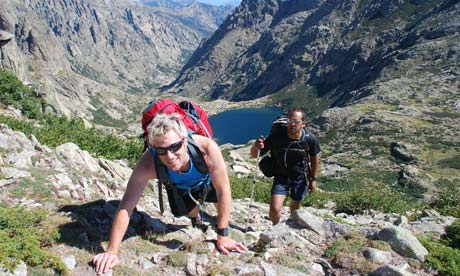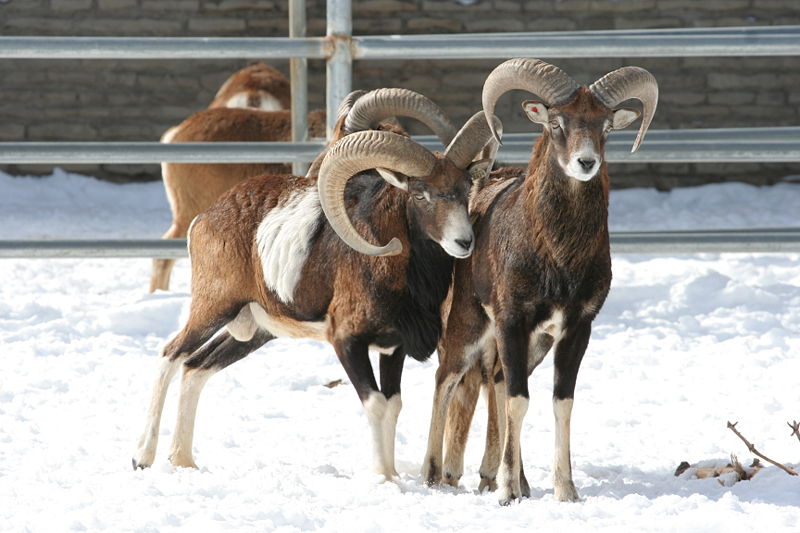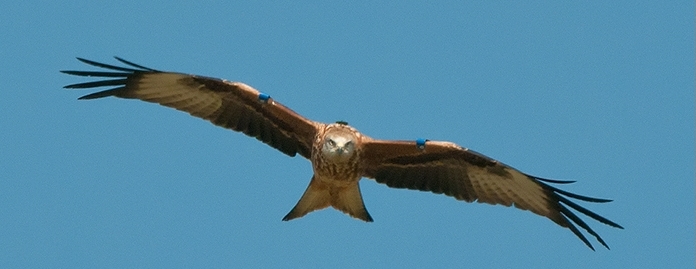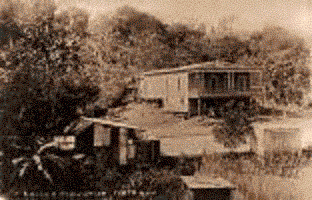| Corsican Crest |
Hello, my name is Conner Bayer. I am a senior at East Stroudsburg University studying Secondary Education with a concentration in Social Studies. Throughout the next few months, during the 2014 Spring semester, I will be studying the Corsican culture. Corsica is an island located in the Mediterranean Sea to the southeast of France, to the west of Italy, and to the north of its neighboring island Sardinia. Corsica is officially a French territory. The Corsican people are either originally from the island of Corsica or have origins in Corsica. The Corsican people speak their own language. Although they are a French territory, their native language has more similarities to the Italian language. However, due to the influx of French culture in Corsica, almost every Corsican today speaks French. Only 10% of Corsica's population strictly speak native Corsican. FUN FACT: Napolean Bonaparte was a Corsican.
INDEX:
(linked to bring you directly to each post!)
- Origins & History of the Corsicans
- Corsica: Homeland of the Corsicans
- World of the Corsicans
- Corsican Cosmos
- Birds of Corsica
- Corsica's Northern Neighbor & Future Existence
- Corsican Migration & Diaspora
- Corsican National Football (Soccer) Team
- References
http://en.wikipedia.org/wiki/Corsica
Google Books - Caird, L.H. The History of Corsica. T.F. Unwin: Harvard University, 1899.
Pictures:
Corsican Crest:
http://en.wikipedia.org/wiki/File:Coat_of_Arms_of_Corsica.svg


















.png)